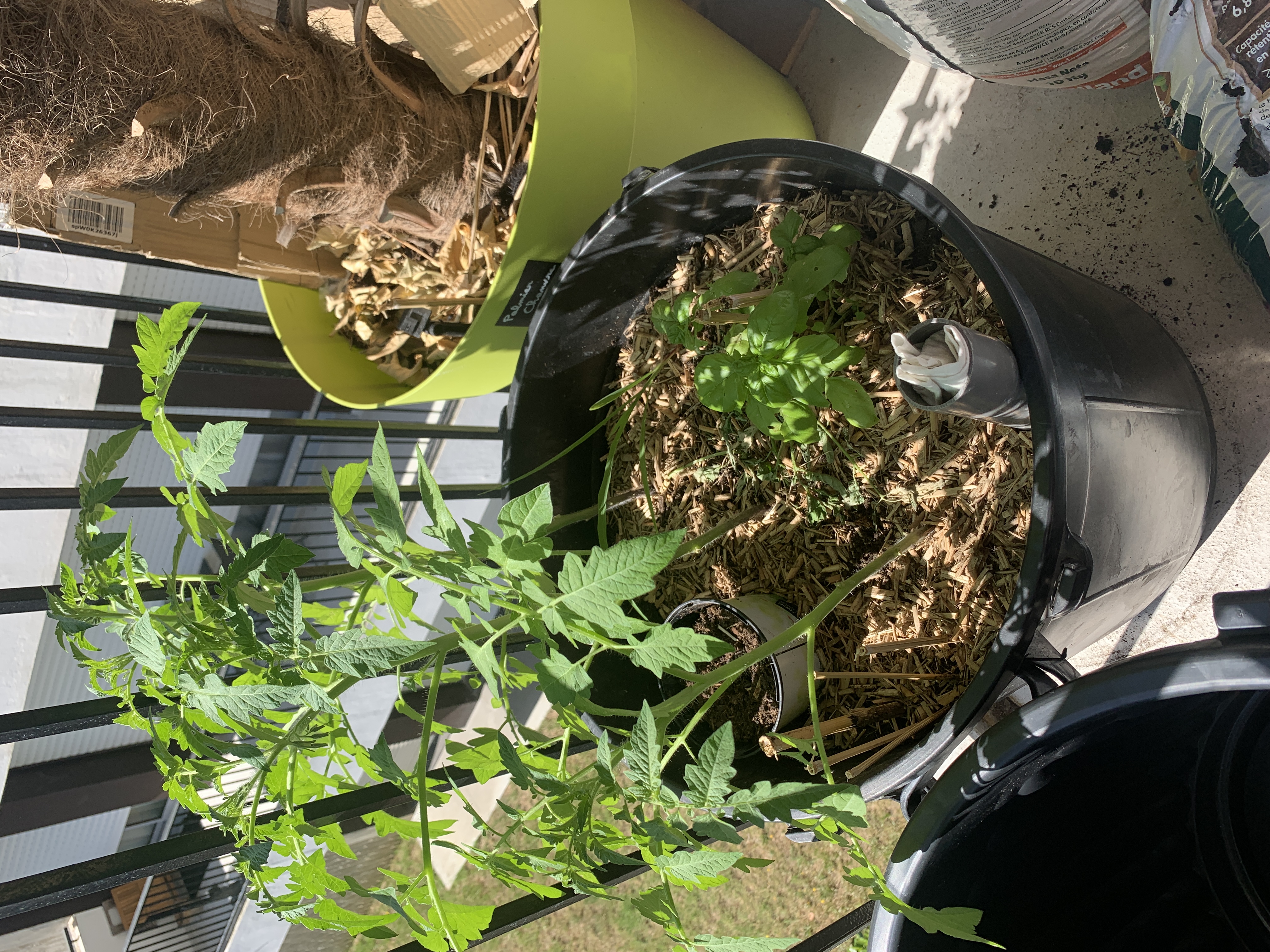🌿 Permaculture | Build a full Wicking bed for 60€
The greatest change we need to make is from consumption to production, even if on a small scale, in our own gardens. If only 10% of us do this, there is enough for everyone. Hence the futility of revolutionaries who have no gardens, who depend on the very system they attack, and who produce words and bullets, not food and shelter. – Bill Mollison
Don't wait to have the perfect place to start something – you don't need a garden to start growing your veggies ! 🍅🥕🍆🥦
What is a wicking bed ?
Wicking bed is agricultural irrigation system used in arid countries where water is scarce, devised by Australian inventor Colin Austin. It can be used both in (arid) fields as in containers.
The system is designed to increase food production while using approximately 50% less water than traditional irrigation, by utilizing underground water reservoirs filled with decomposing organic matter and the process of evaporation.
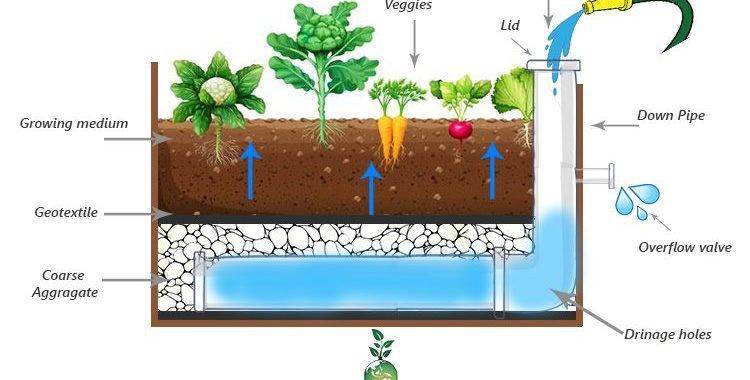
There are many tutorials online on building a wicking but my hack will be appliable on :
- Balcony : Yes you don't need to buy a land to grow your favorite tomatoes 🍅
- Easy and fun : You don't need to be an engineer to build this, trust me ! 🤯
- Cheap : You will spend less than 60€ 💰
Shopping list
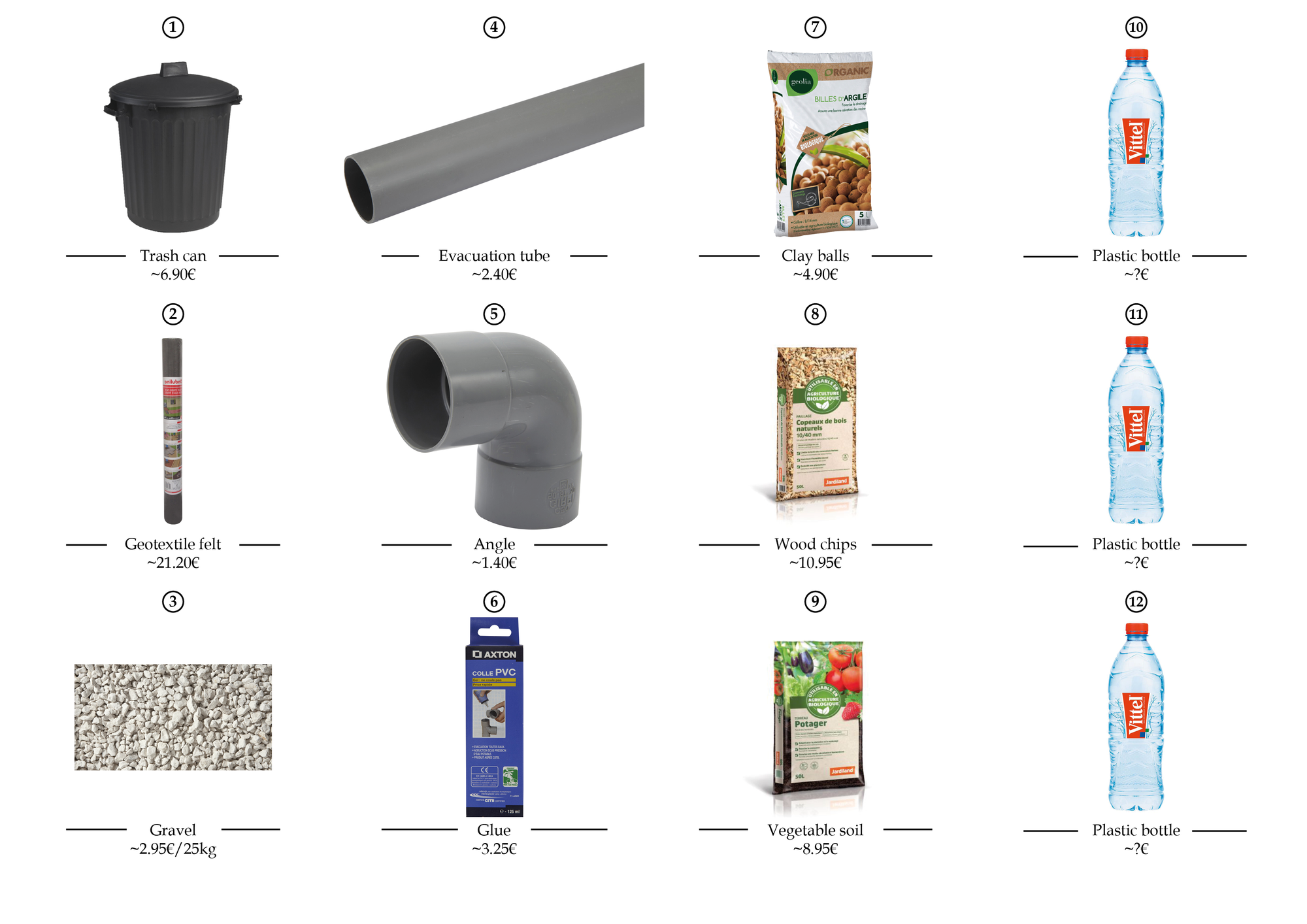
- Container 6,90€ : https://www.leroymerlin.fr/v3/p/produits/poubelle-de-rue-80-l-h-67-x-l-51-x-p-51-cm-e181637
- Geotextile 21,20€ : https://www.leroymerlin.fr/v3/p/produits/feutre-geotextile-gris-100gr-m2-l-20-x-l-1-m-e1500340608 One can make lots of wicking beds 🌱🌱🌱
- Gravel 2,95€ : https://www.leroymerlin.fr/v3/p/produits/graviers-pierre-naturelle-blanc-calcaire-6-16mm-25-kg-e32477
- Pipe L.1m diam.50mm 2,40€ : https://www.leroymerlin.fr/v3/p/produits/tube-d-evacuation-pvc-diam-50-mm-l-1-m-e1401622197
- Angle 1,40€ https://www.leroymerlin.fr/v3/p/produits/coude-87-3-en-pvc-a-coller-femelle-femelle-d-50-e10069
- Glue 3,25€ : https://www.leroymerlin.fr/v3/p/produits/colle-en-tube-pvc-125-ml-e9926
- Clay balls 4,90€ : https://www.leroymerlin.fr/v3/p/produits/billes-d-argile-balcons-et-terrasse-geolia-5-l-e1401396445
- Mulch 10,95€ https://www.jardiland.com/copeaux-de-bois-naturel-50-l-1442067.html
- Terreau Potager 8,95€ https://www.jardiland.com/jardiland-terreau-potager-50-l-1444491.html
+2 or 3 empty plastic bottle.
Total : 62,90€
Tools
- Drill
- Drill bit 5mm
- Small Saw
- Scissor
PS : if you decide to have a bigger water tank take the diam 63 pipe https://www.leroymerlin.fr/v3/p/produits/tube-d-evacuation-pvc-diam-100-mm-l-1-m-e9941 ( you will need to change the angle to 63mm too )
PIPE - the water tank
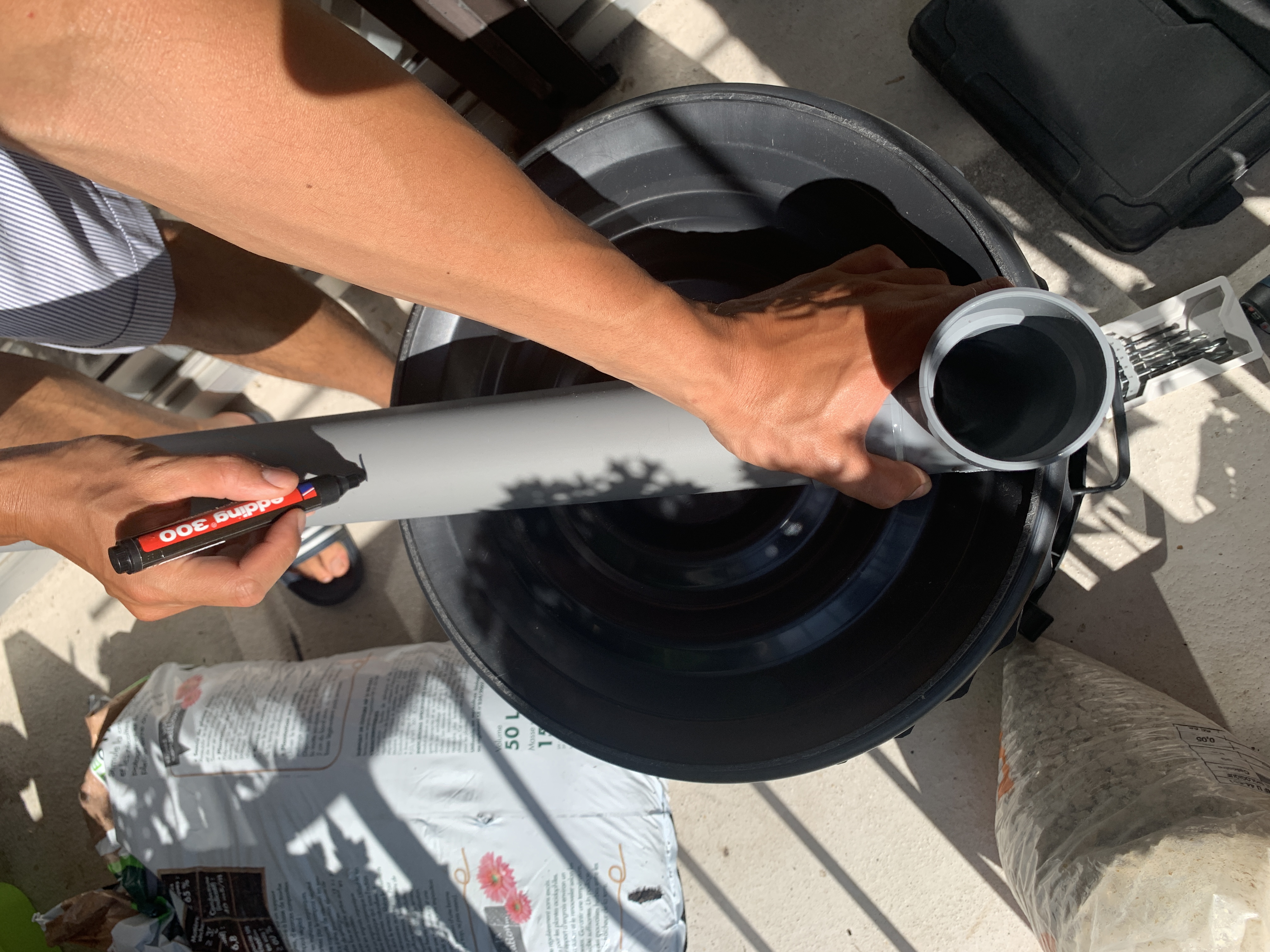
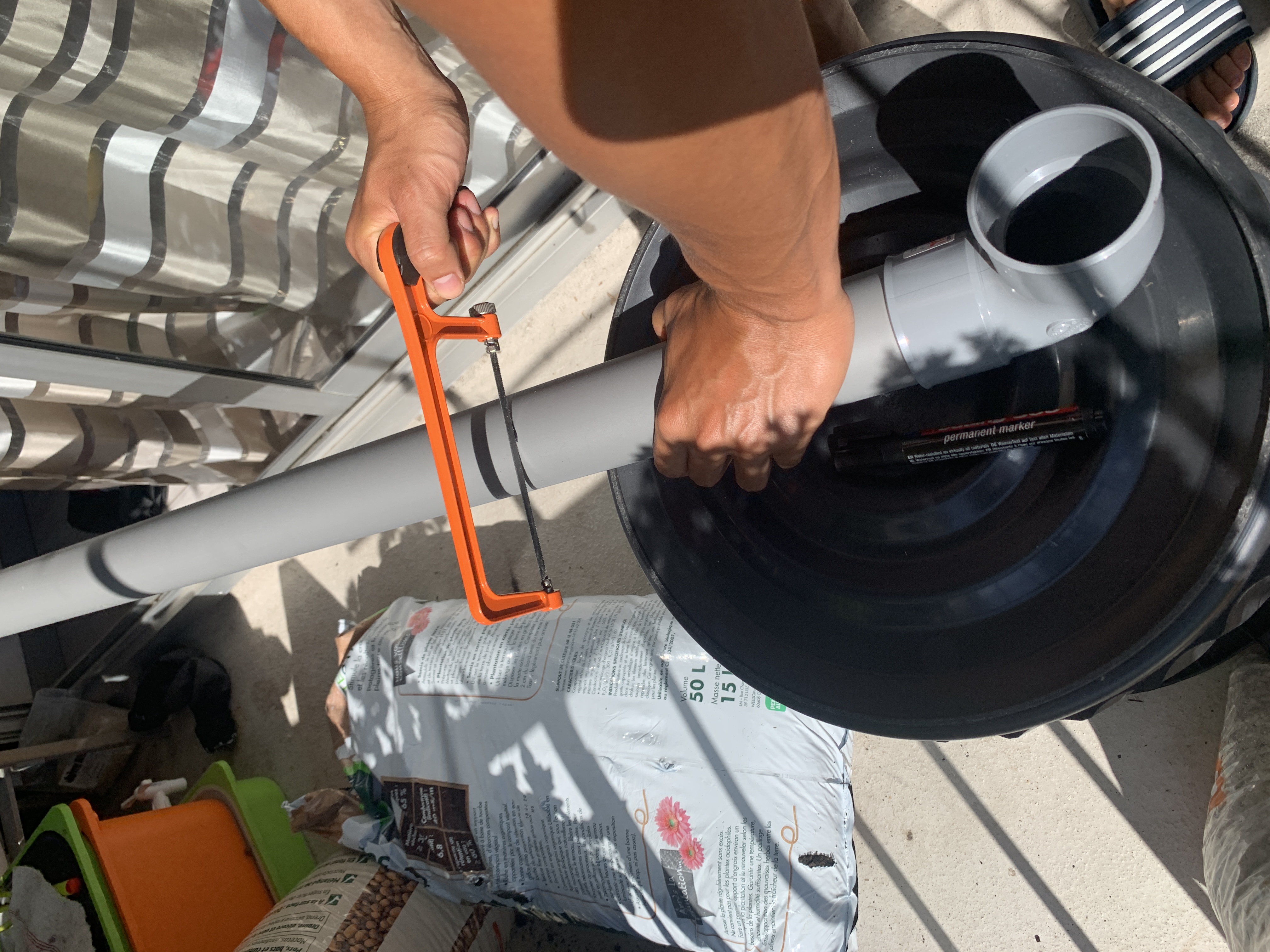
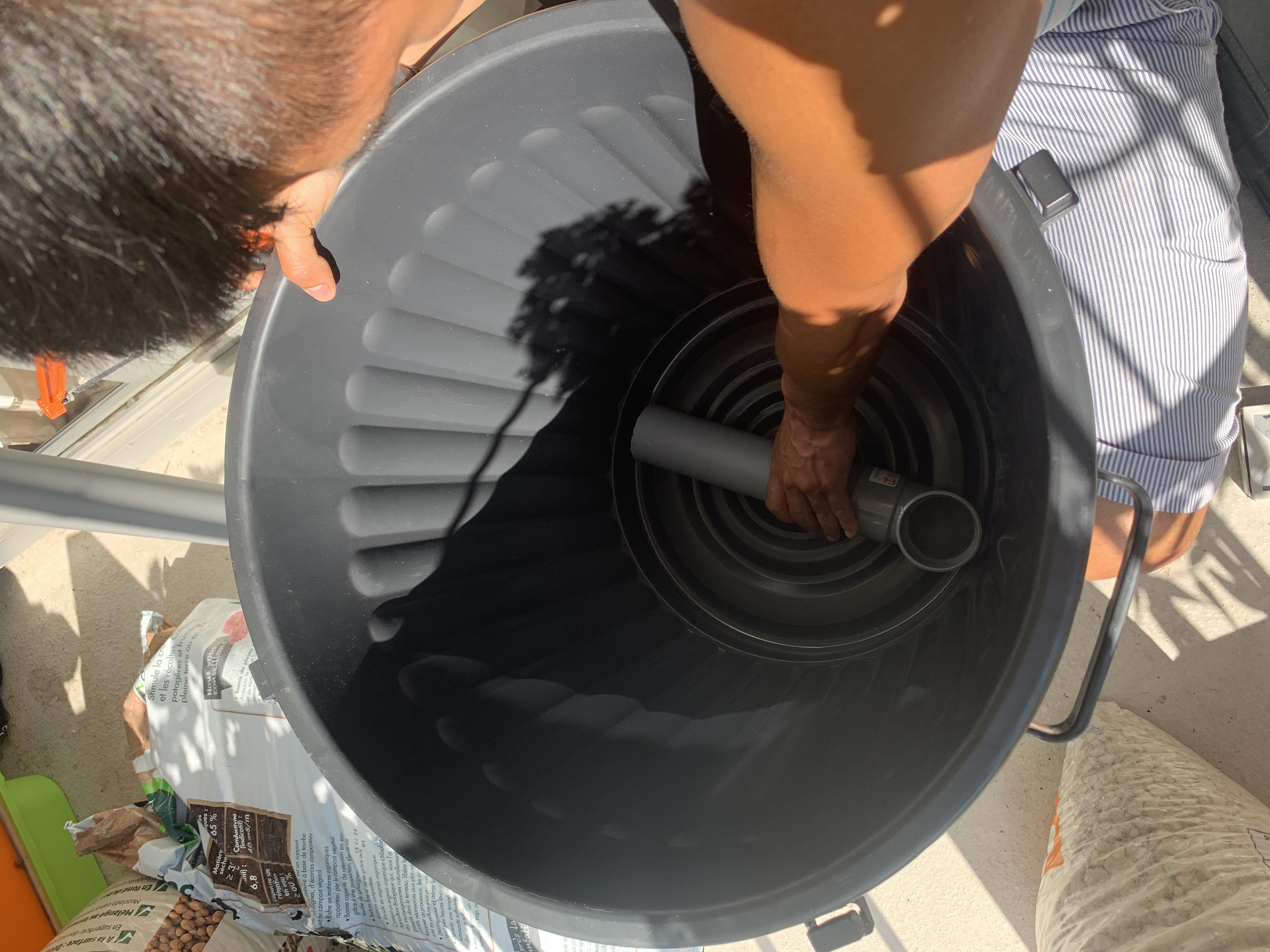
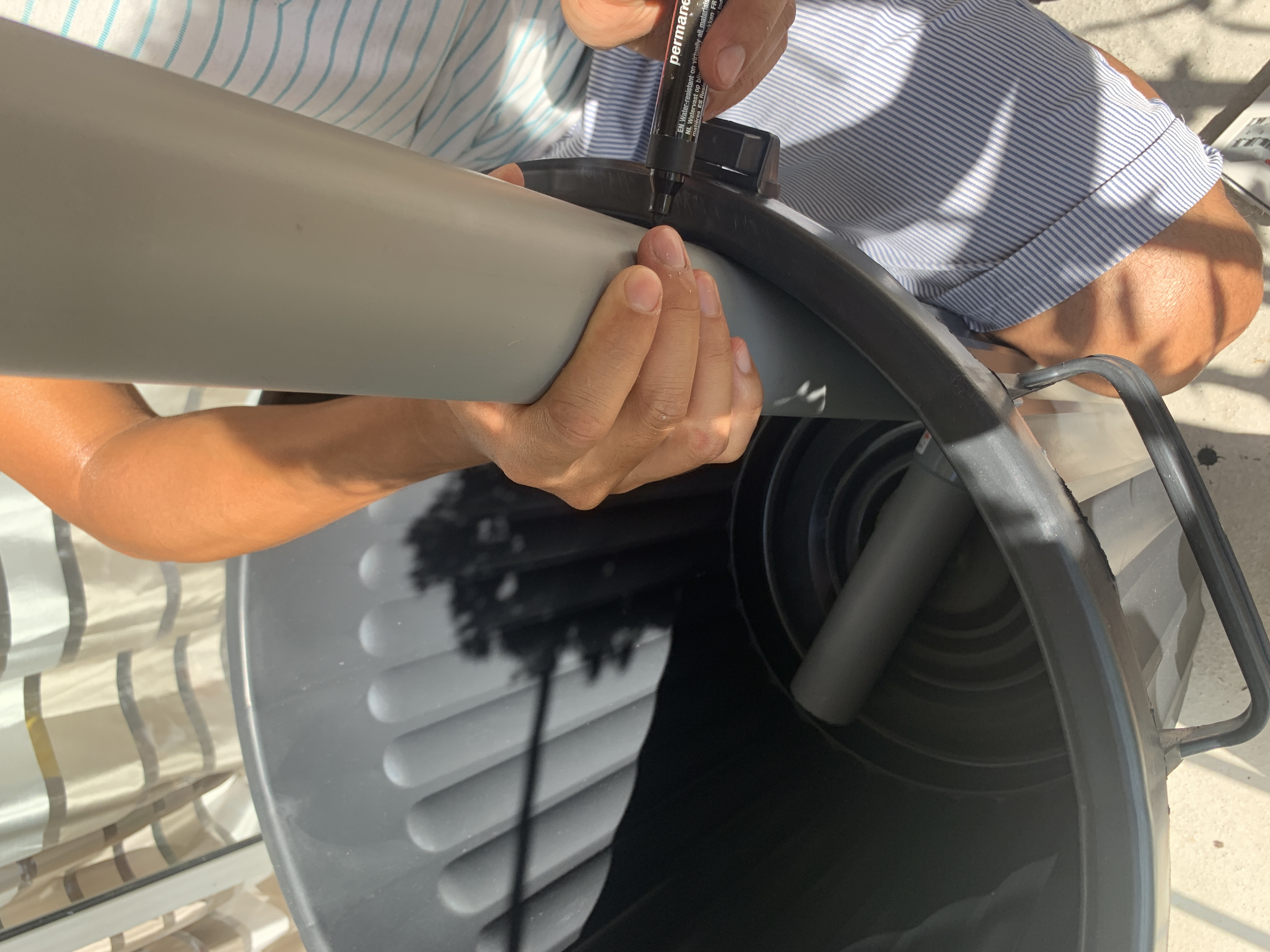
In the 1st picture I return the container so I can easily mark the length needed for the pipe. Use a Saw to cut it and do the same for the height pipe.
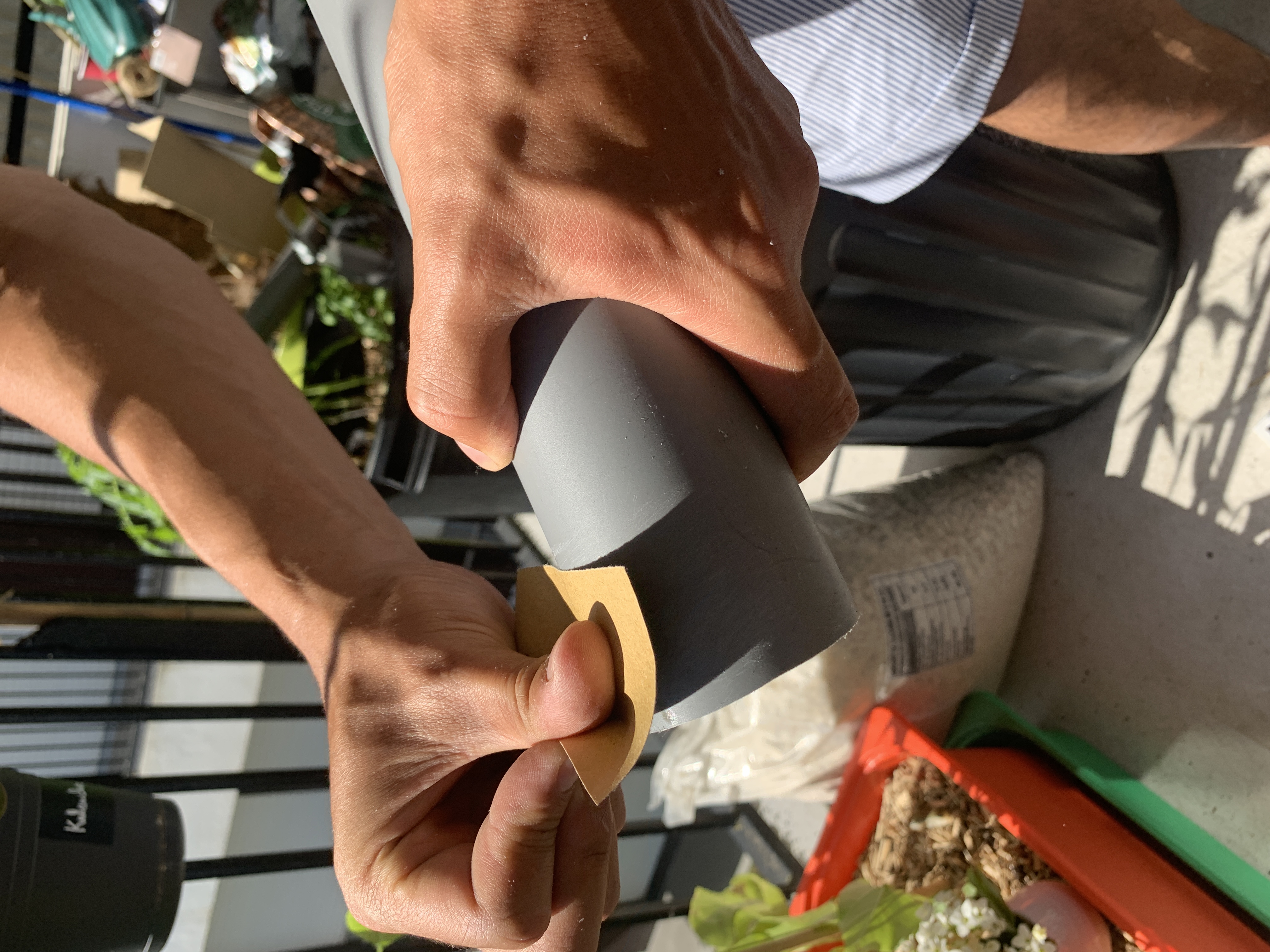
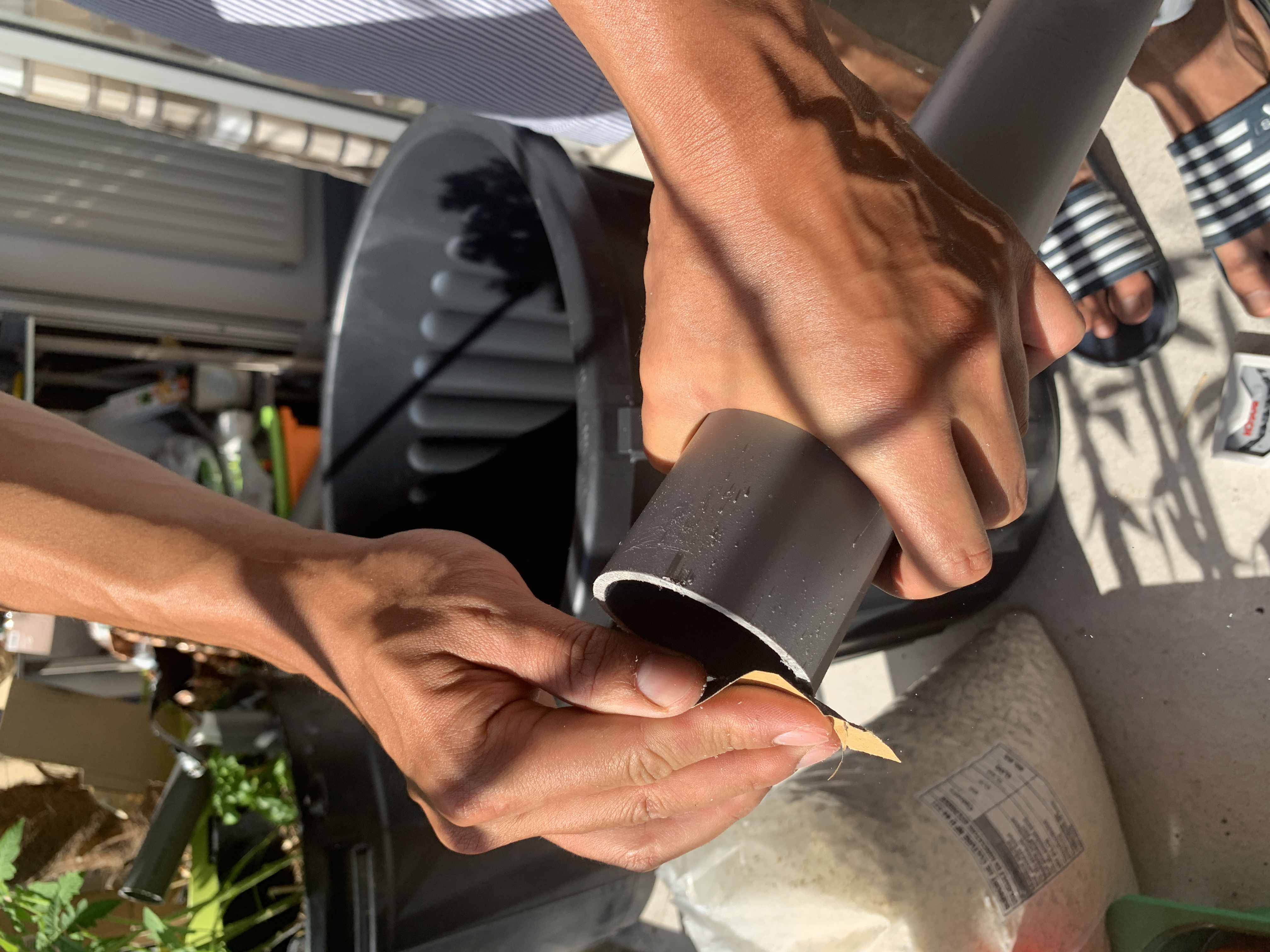
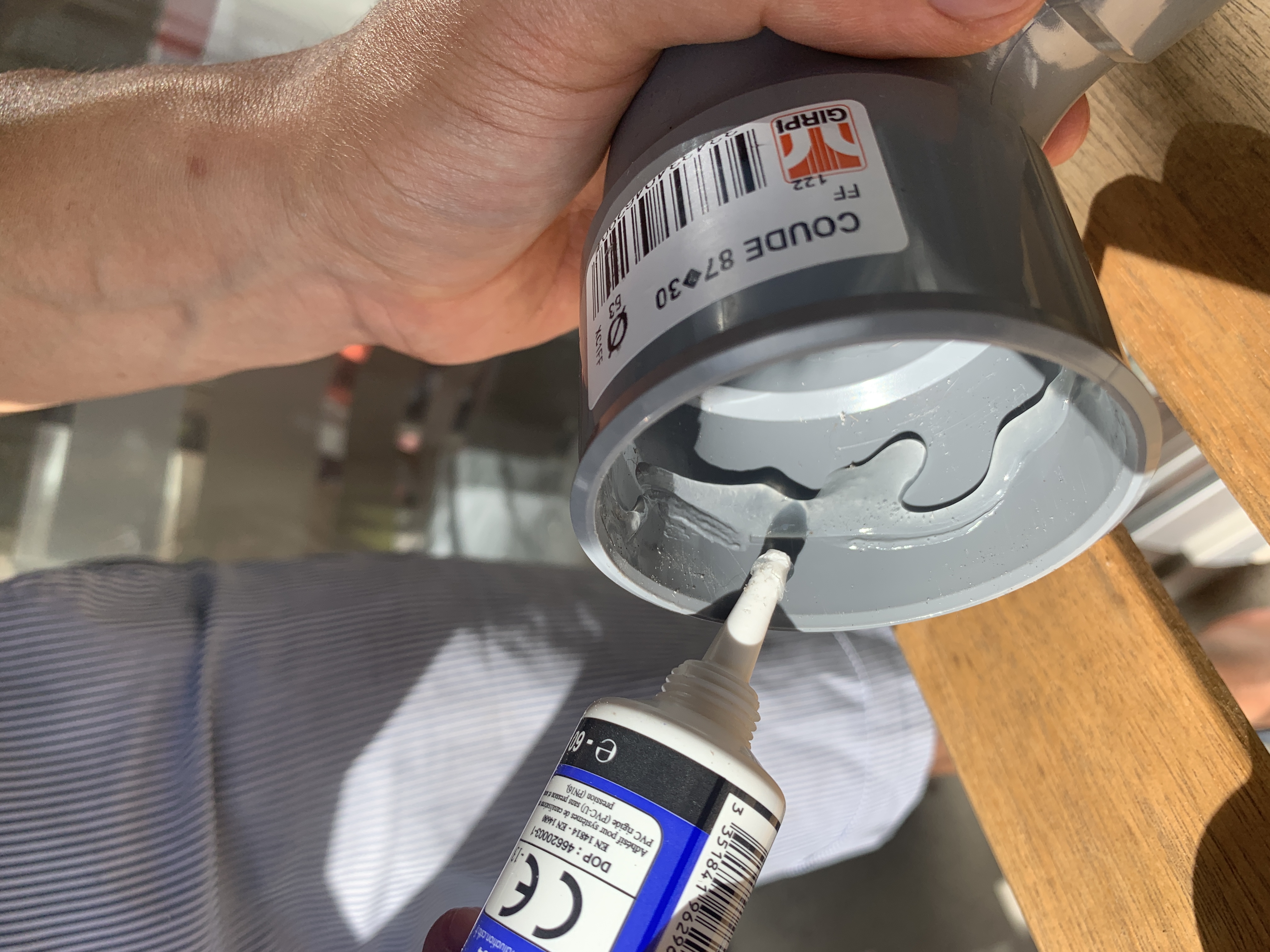
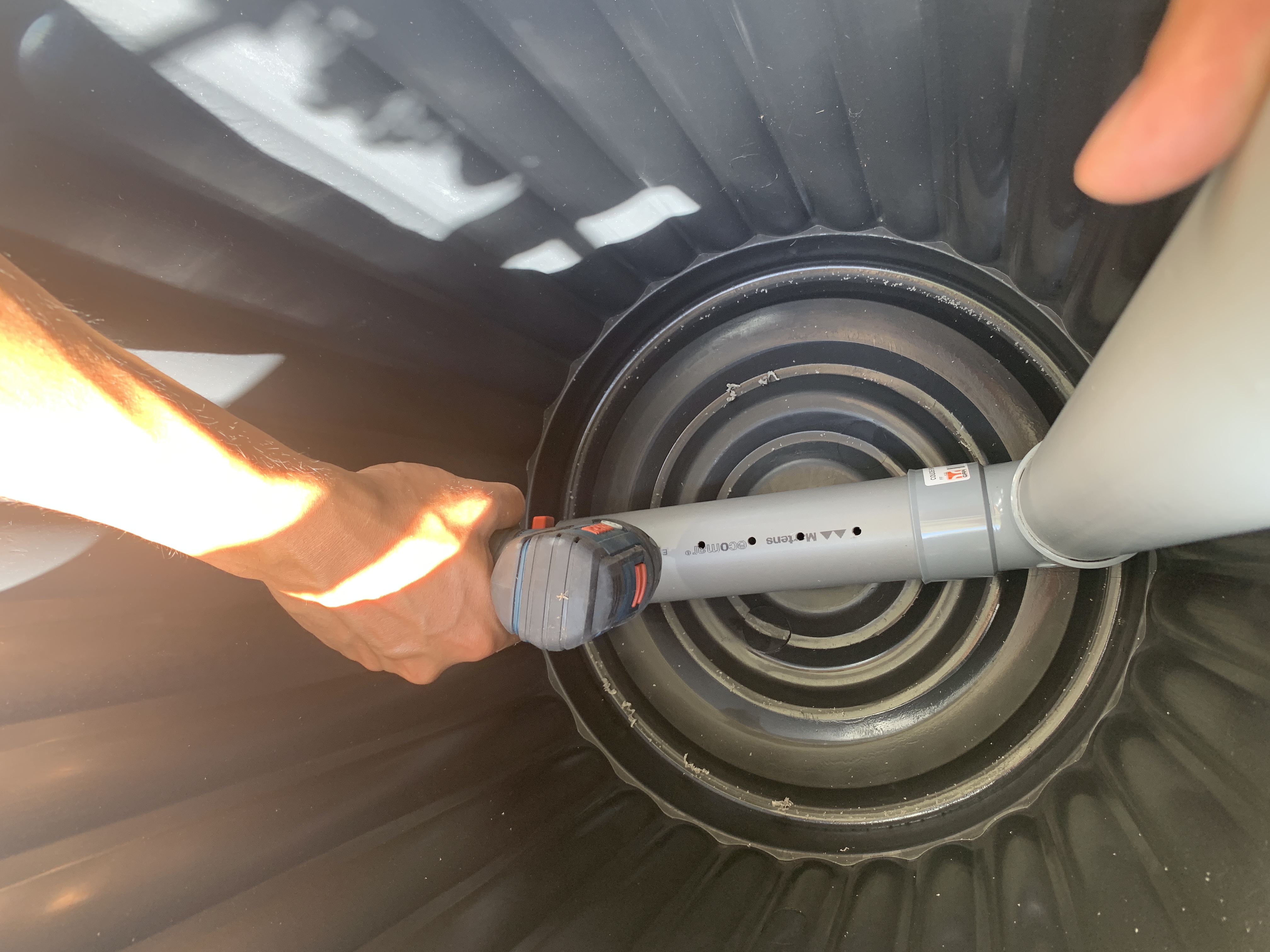
Use a sand paper to prepare the pipe part that will go inside the Angle. Add the glue and drill holes for water.
Geotextile
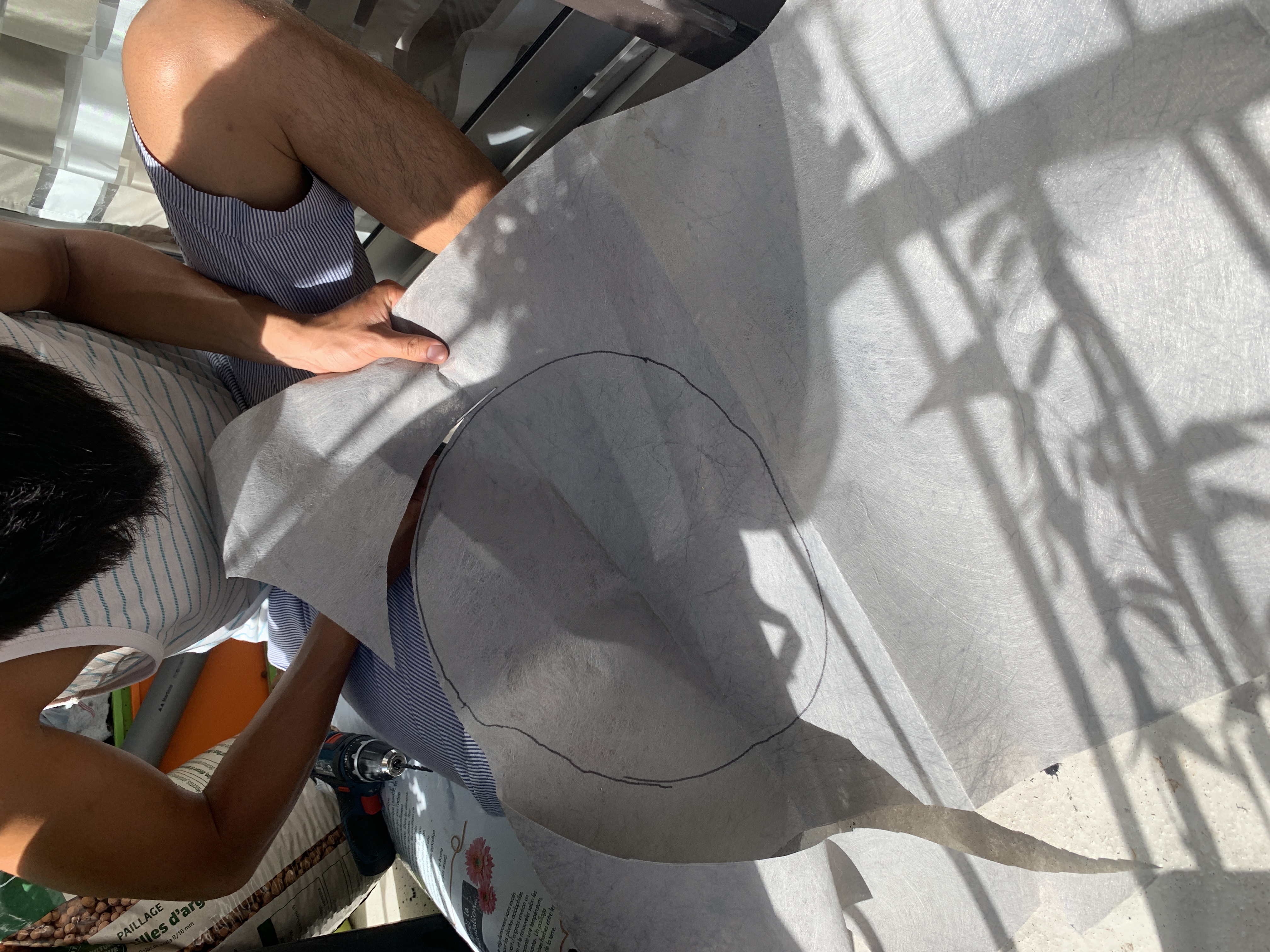
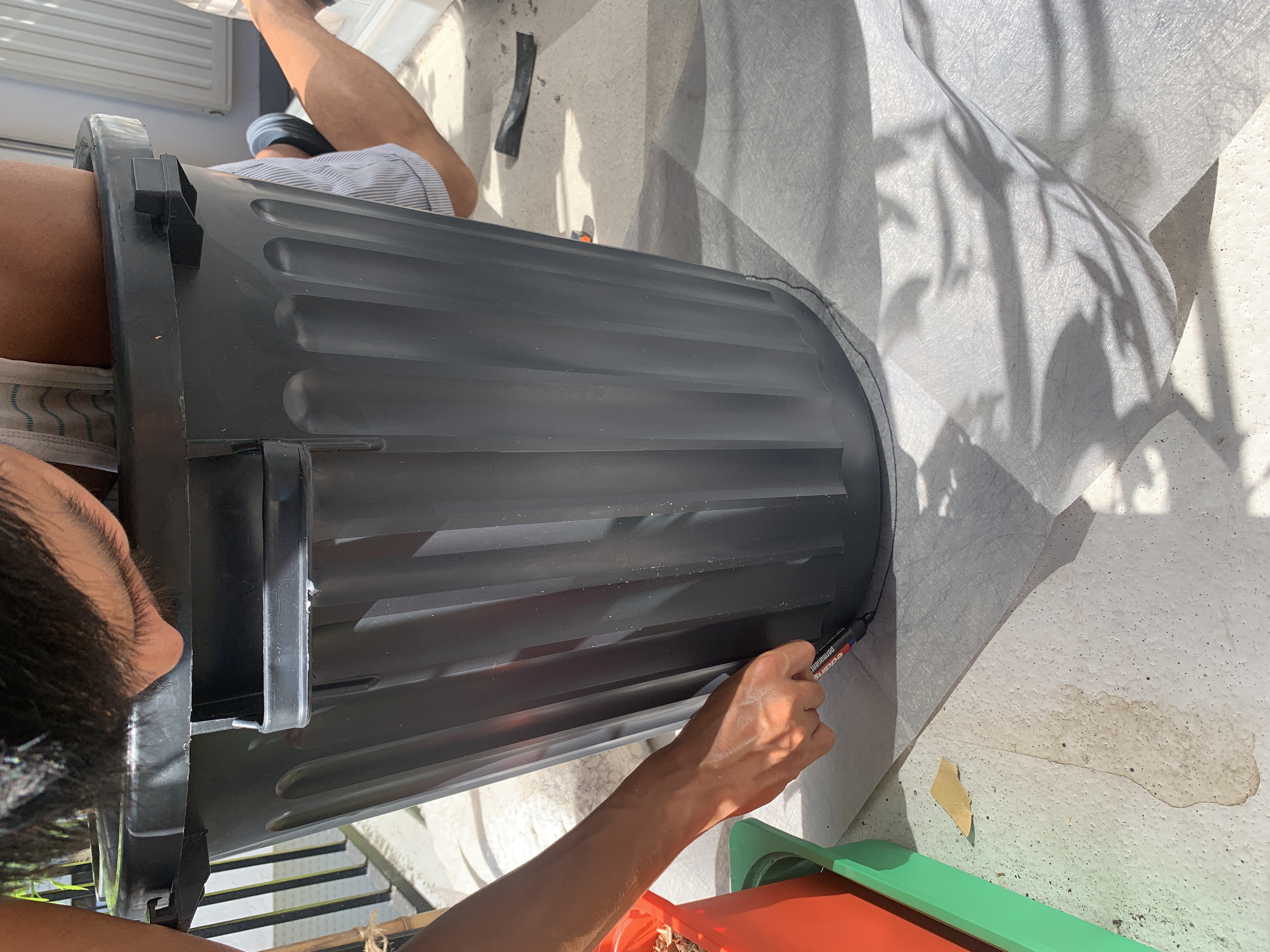
Draw the geotextile form ( you can do slightfly bigger so it will cover more )
Geotextile will prevent roots to go the stone part of the wicking bed.
Gravel & Clay balls
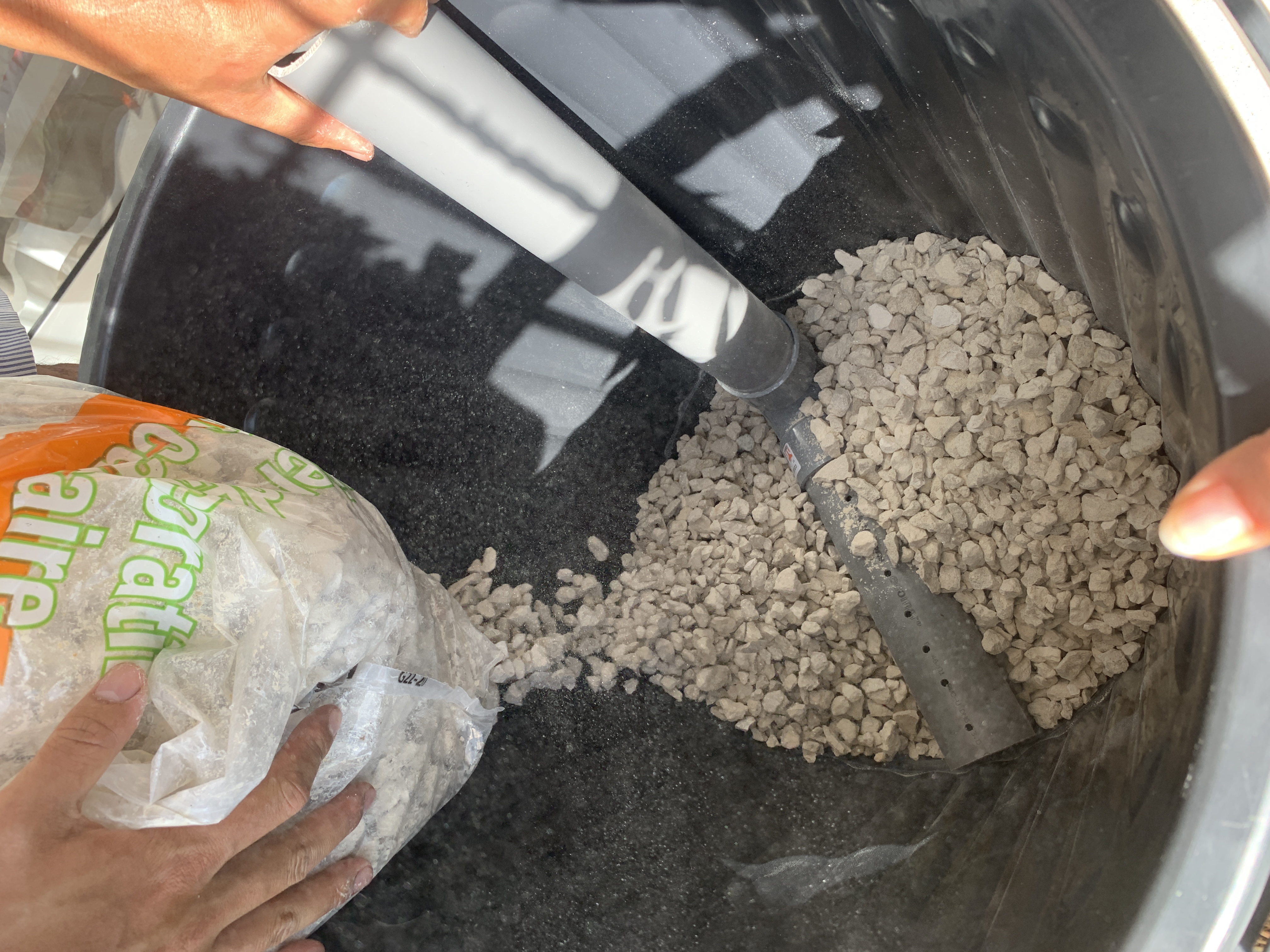
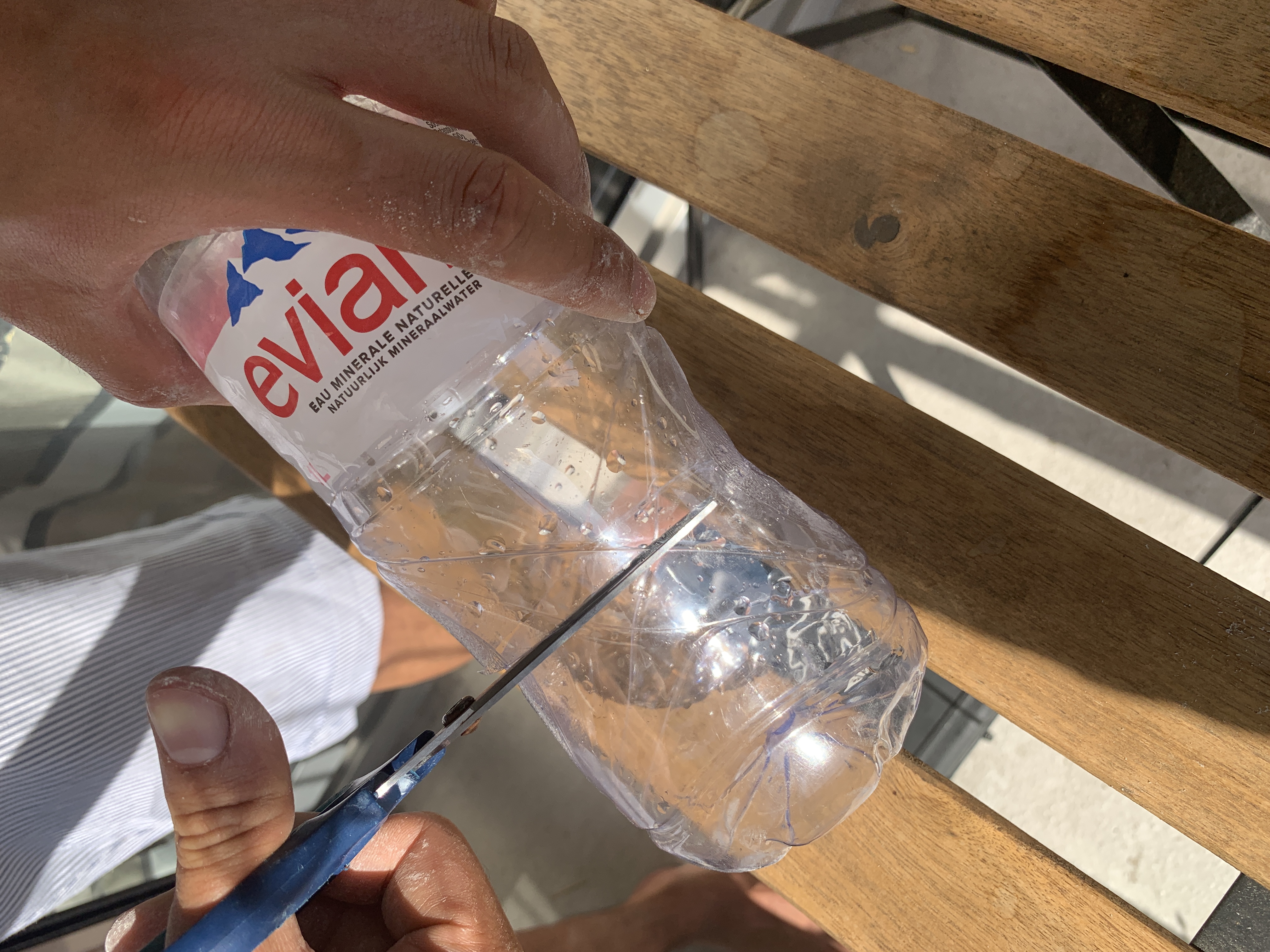
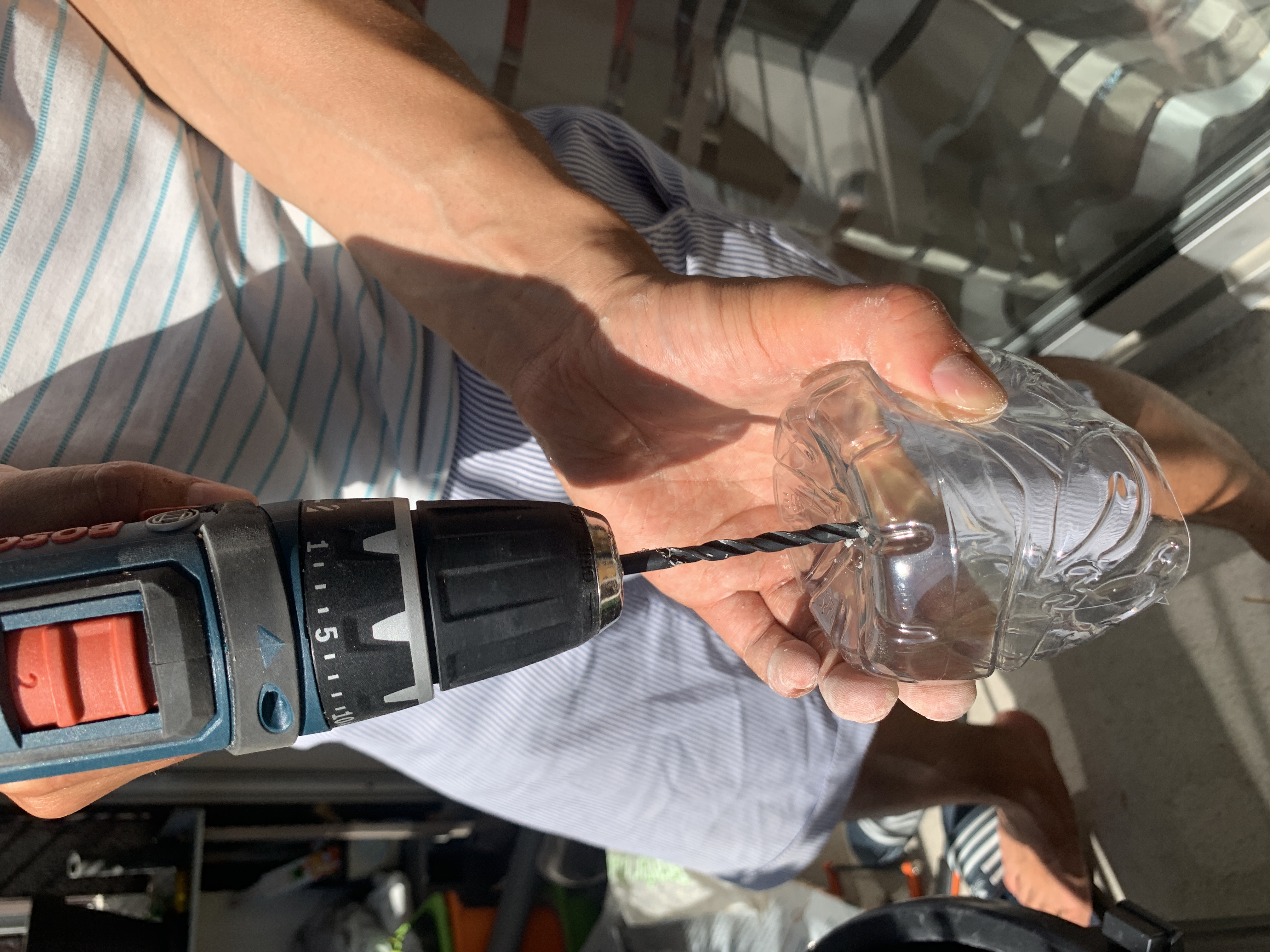
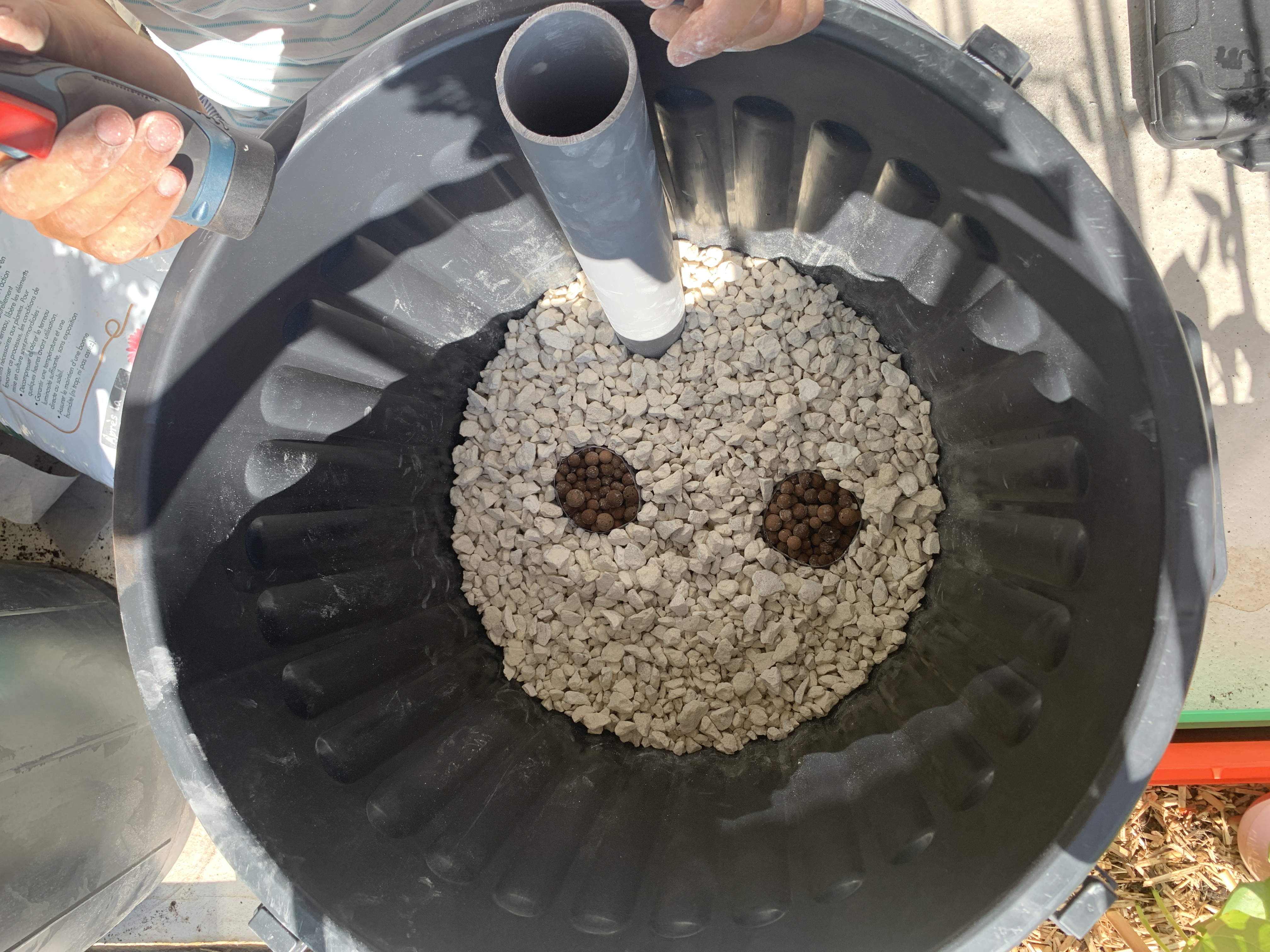
Put the gravel that will serve mineral to your vegetables and cut 2 plastic bottles or any cups that will hold the clay balls.
Make sure that gravel and top of your clay ball cups are flat.
Clay balls will prevent water stagnation.
Overflow valve
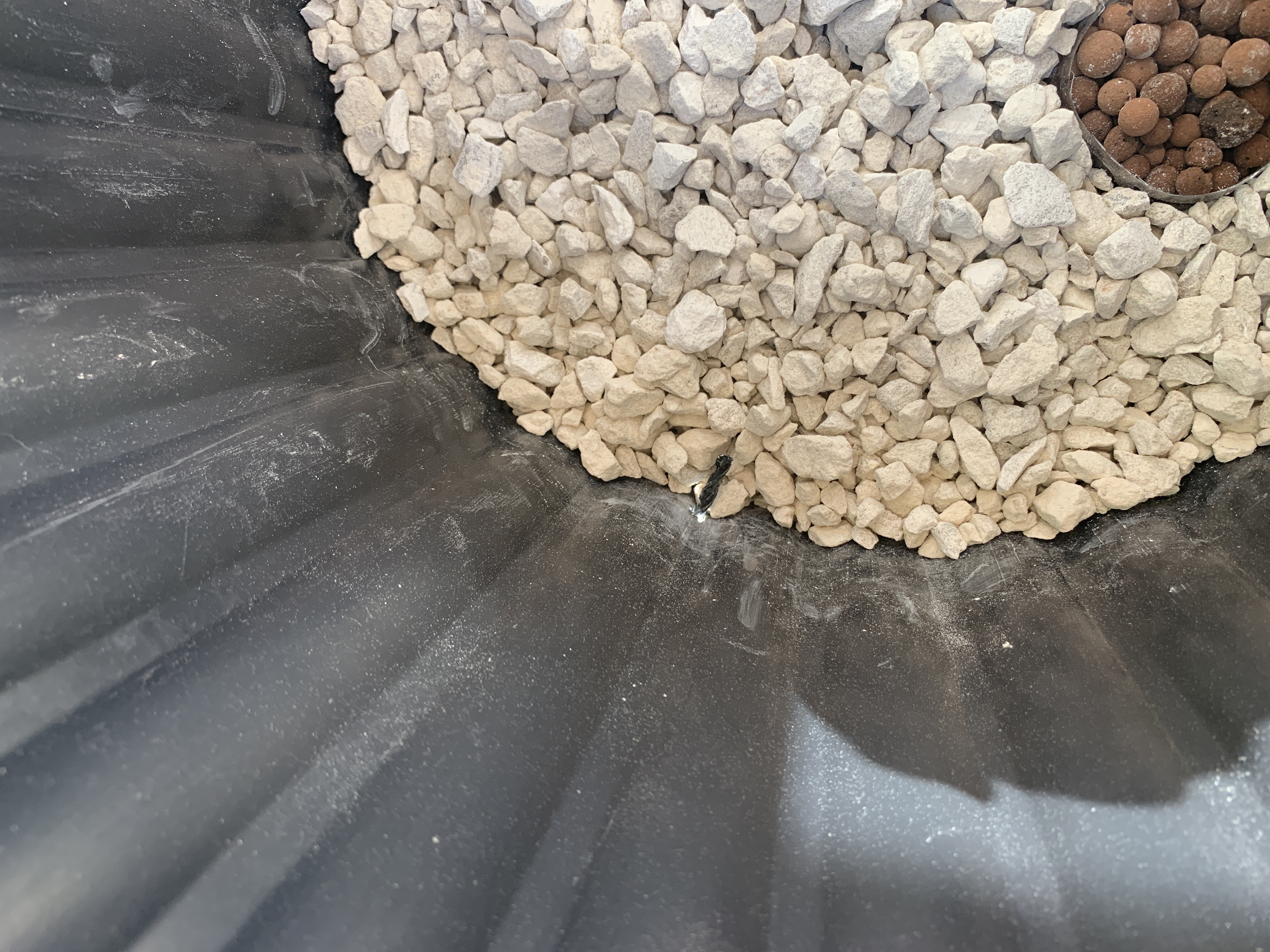
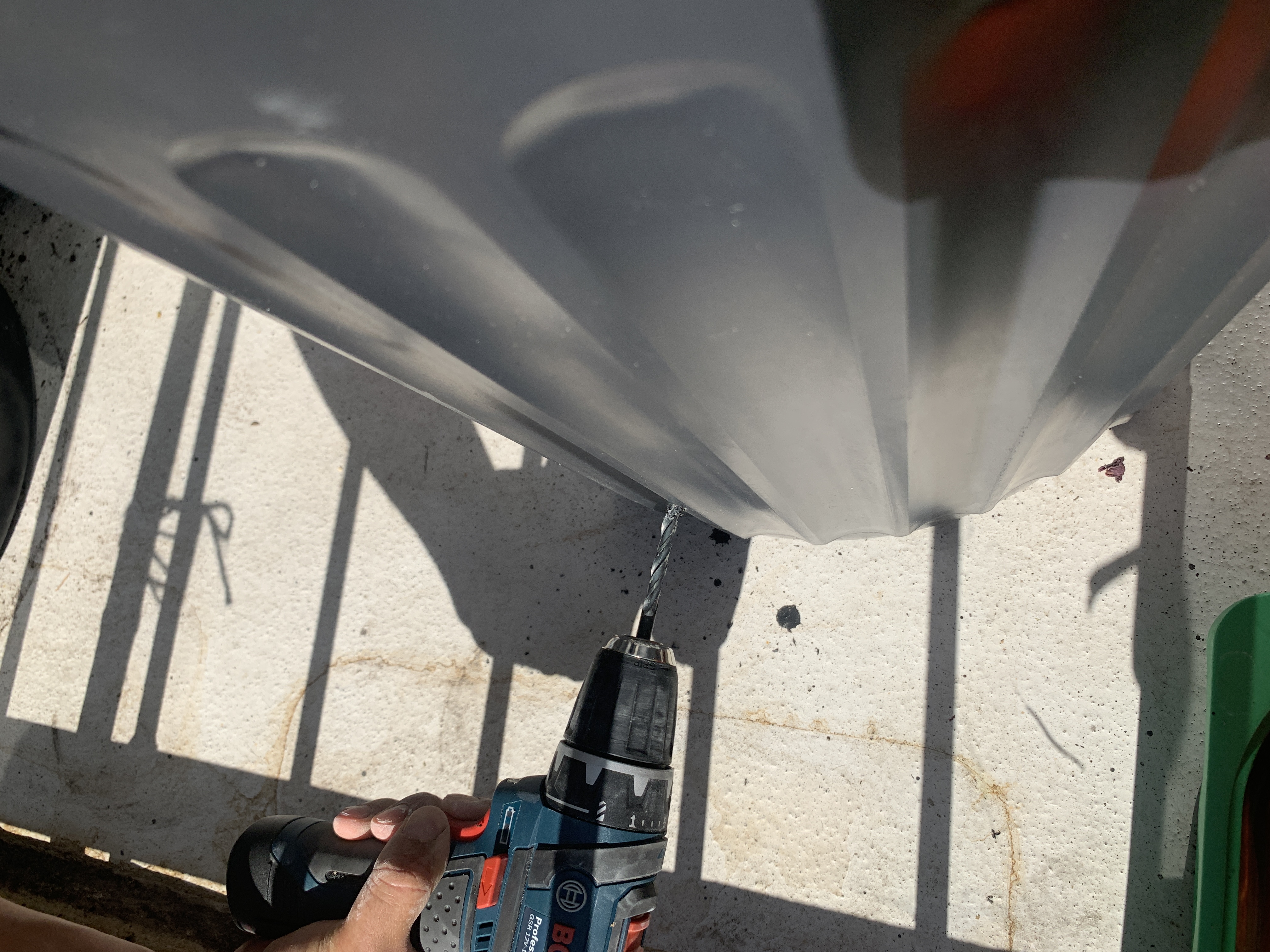
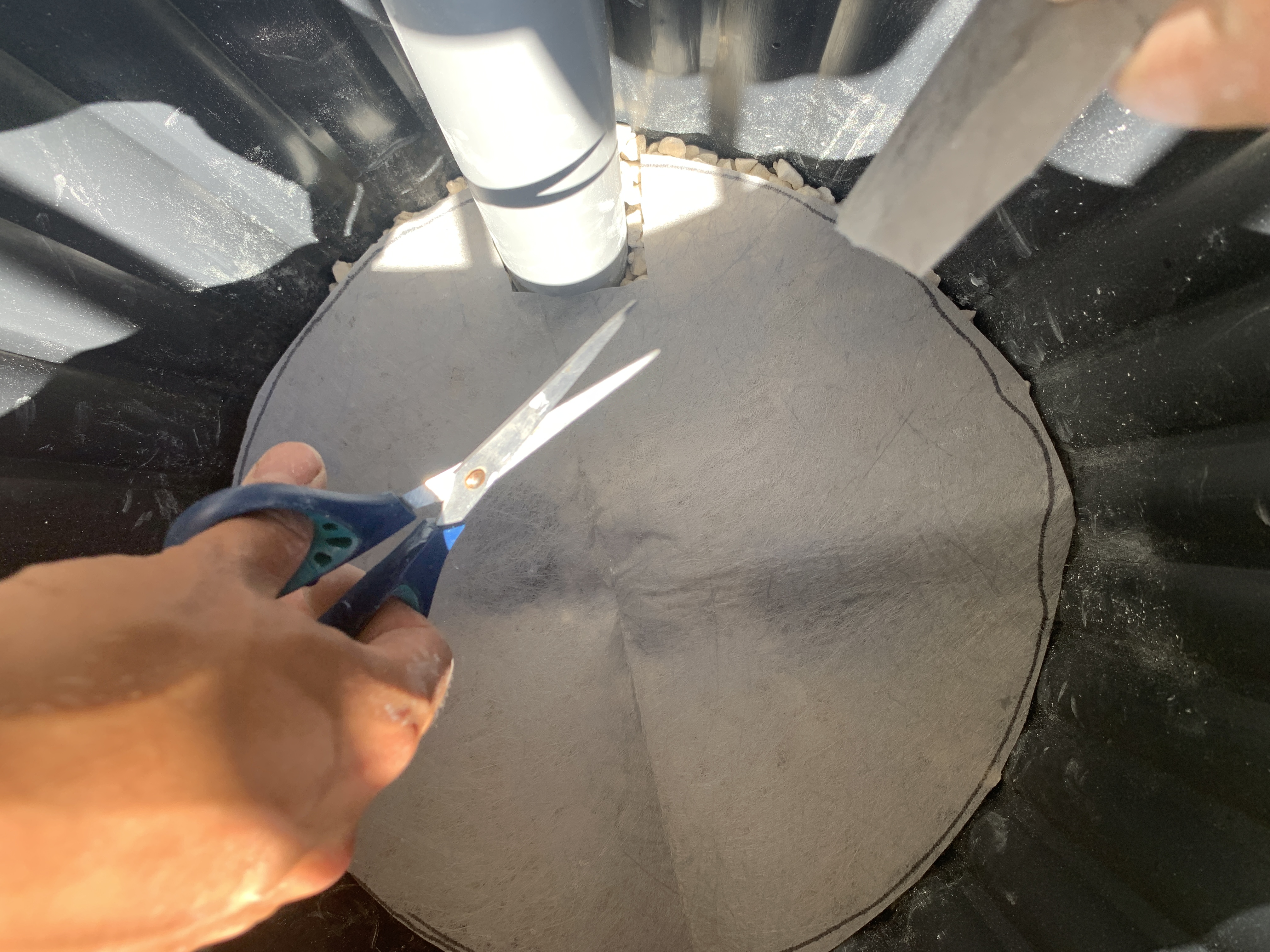
Use a 5mm drill so it is small enough that the gravel don't escape.
The hole should be just below the geotextile level.
Cut out a small part of the geotextile so it fits the pipe's shape.
Now you can put your potting soil !
And don't forget to mulch : it will prevents water evaporation in summer / icing in winter and it brings nutriments to your plants when it decompose.
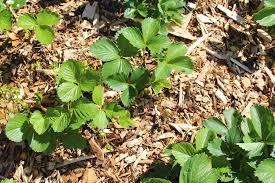
Test it !
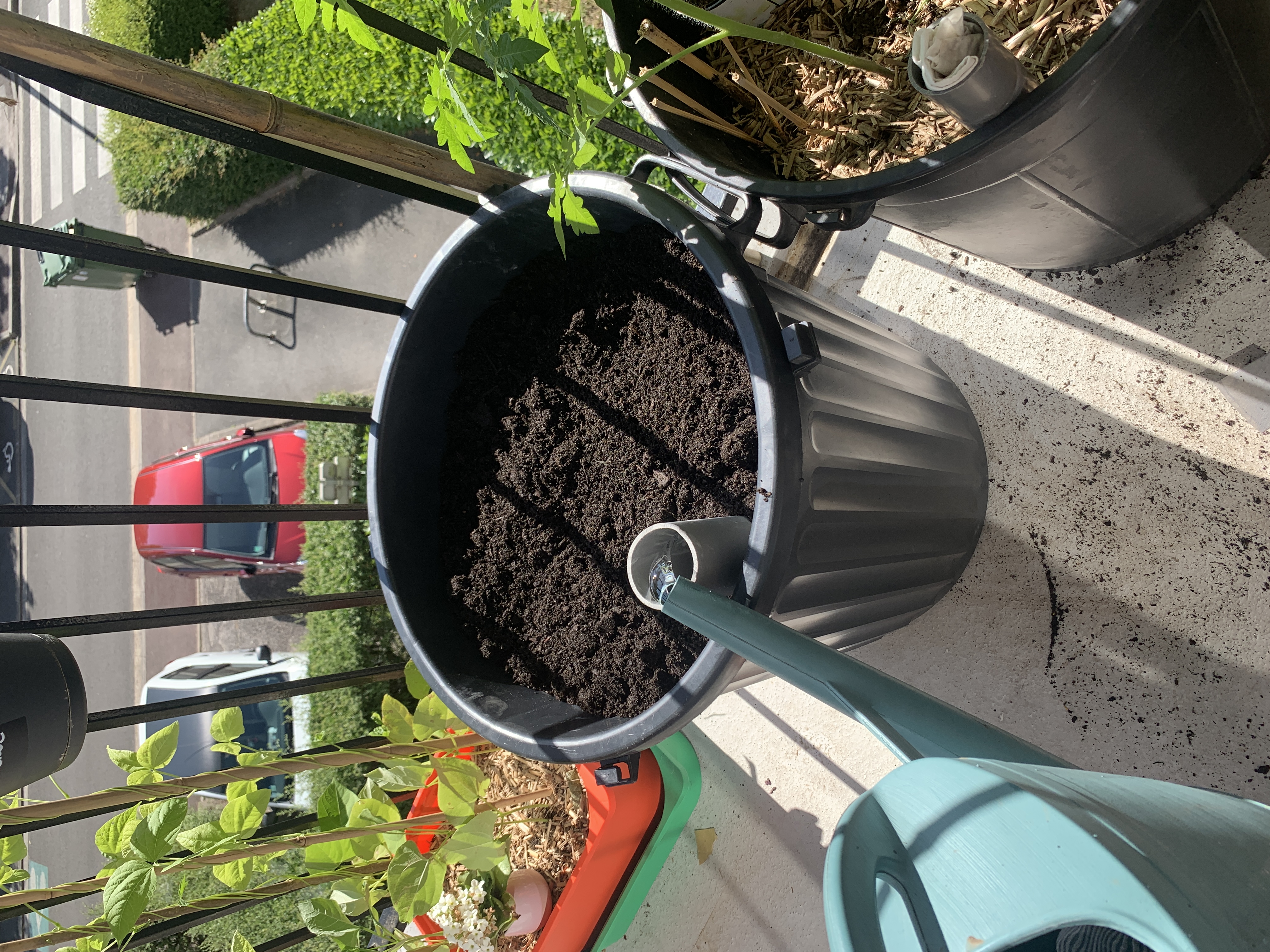
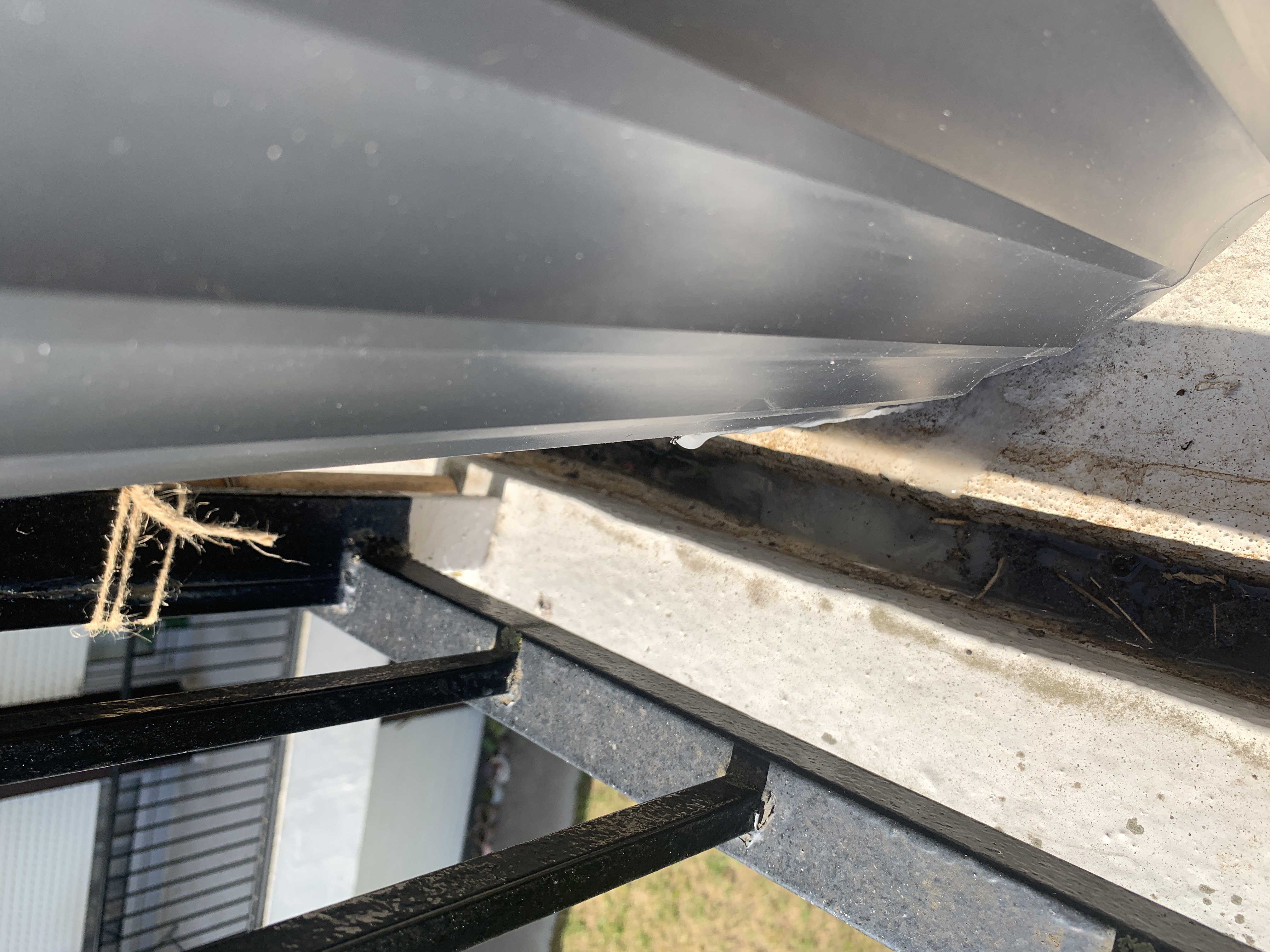
Fill the pipe with water and see if your overflow hole works.
When the water comes out you know that you're wicking bed have enough water
Bonus
Add a lombricompost 🐛
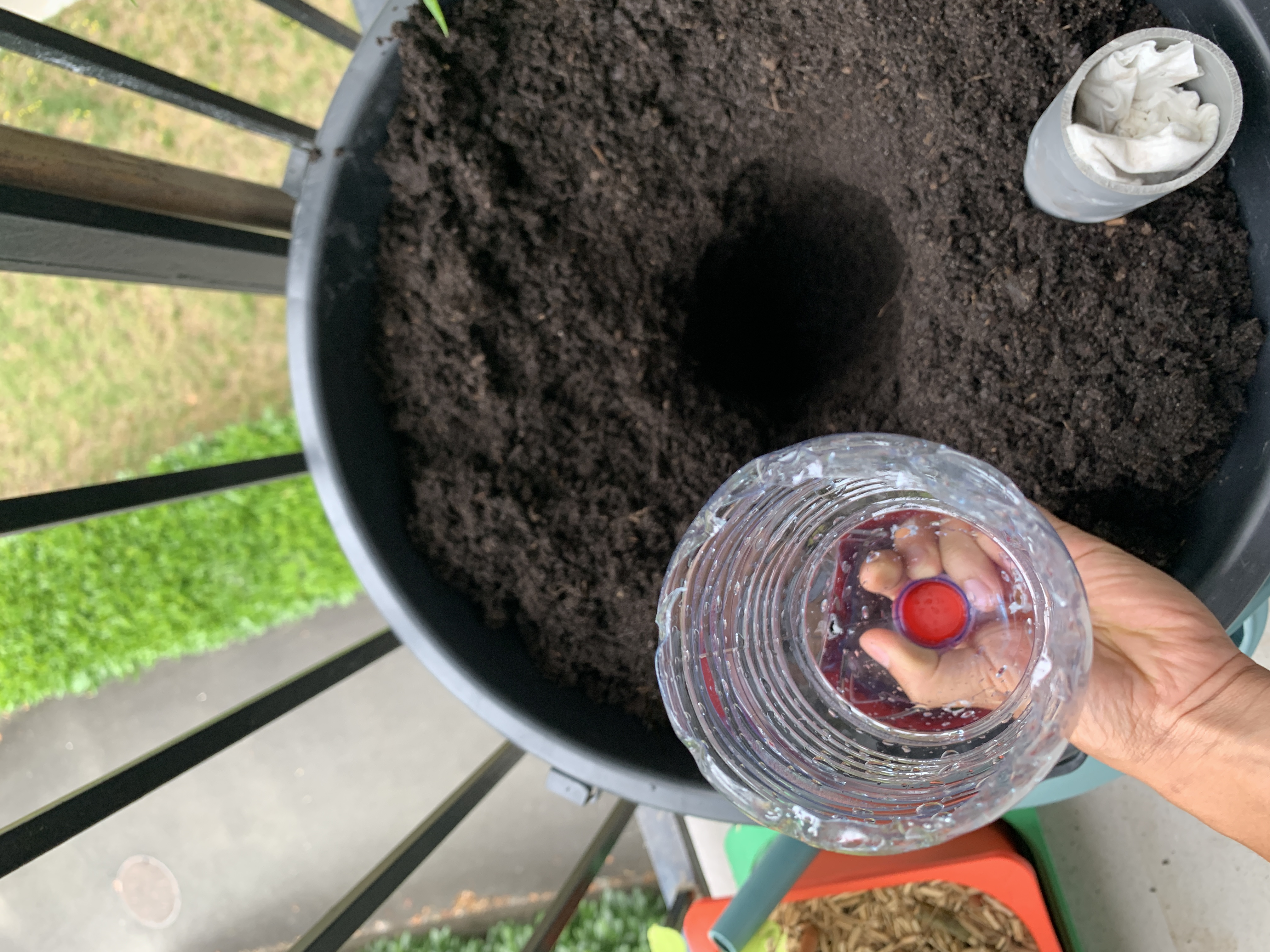
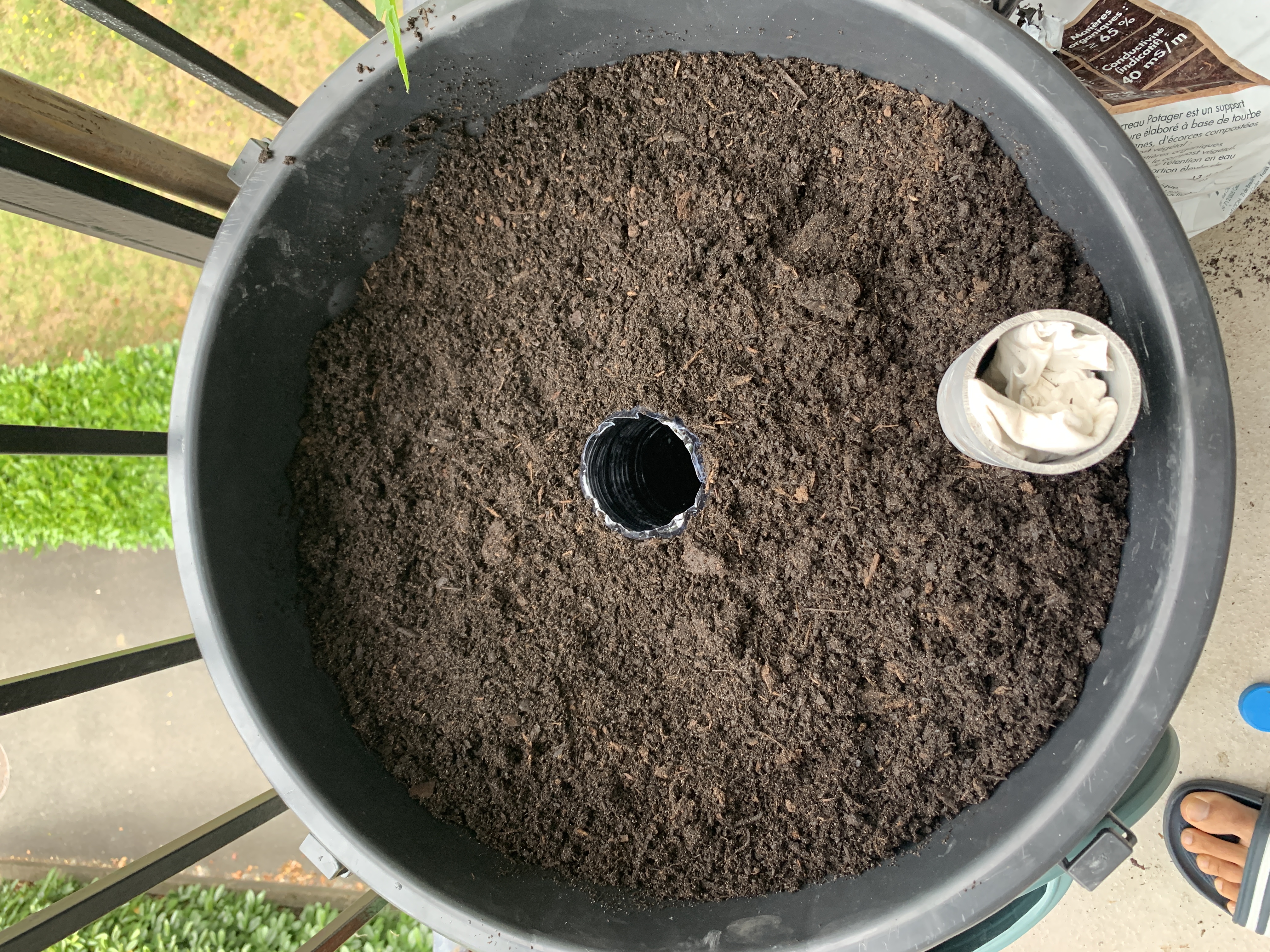
This bottle will contain your organic trash (no meat, no garlic, no fish, no bones)
The lombrics will come there and take the nutriments to the soil : you won't need any fertilizer.
You will need to drill few 3 holes on the lower side of the bottle so the lombrics can enter/leave your bottle.
Conclusion
Building a wicking bed is a great way to start growing your own food whether you are busy or not skilled. I like the hacky way to create a sustainable system that will help feeding people living in cities.
I am bringing this mindset to my coliving spaces so we can enjoy home grown food no matter where you live :)
